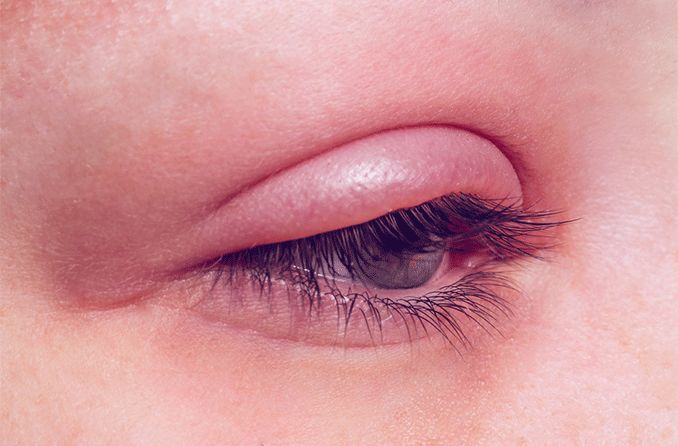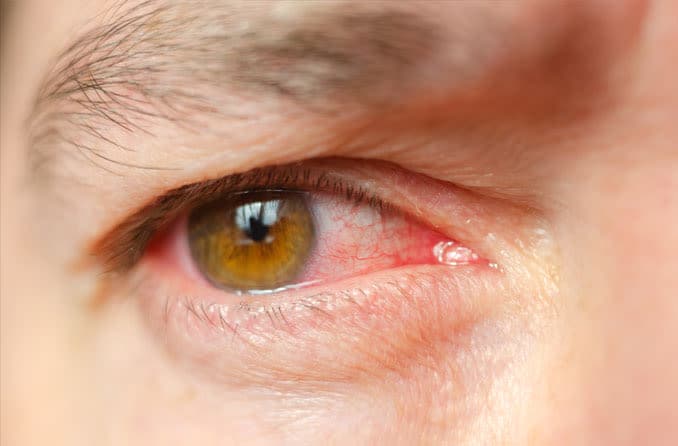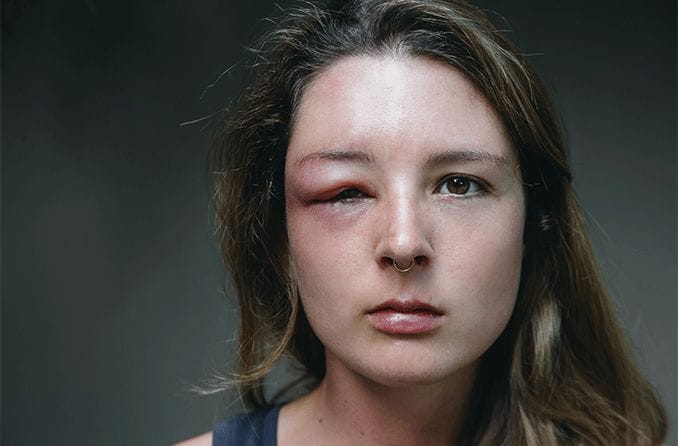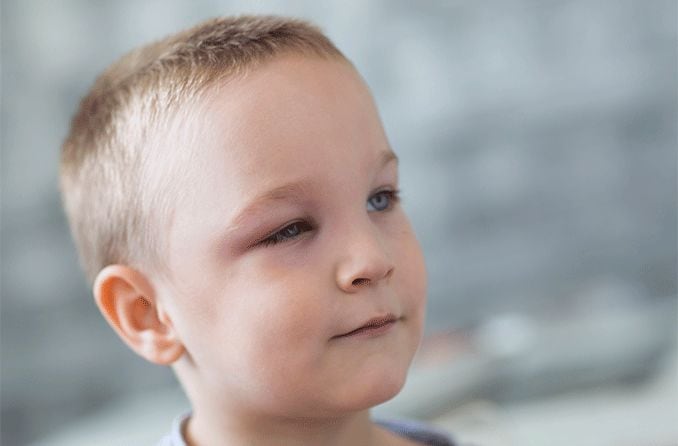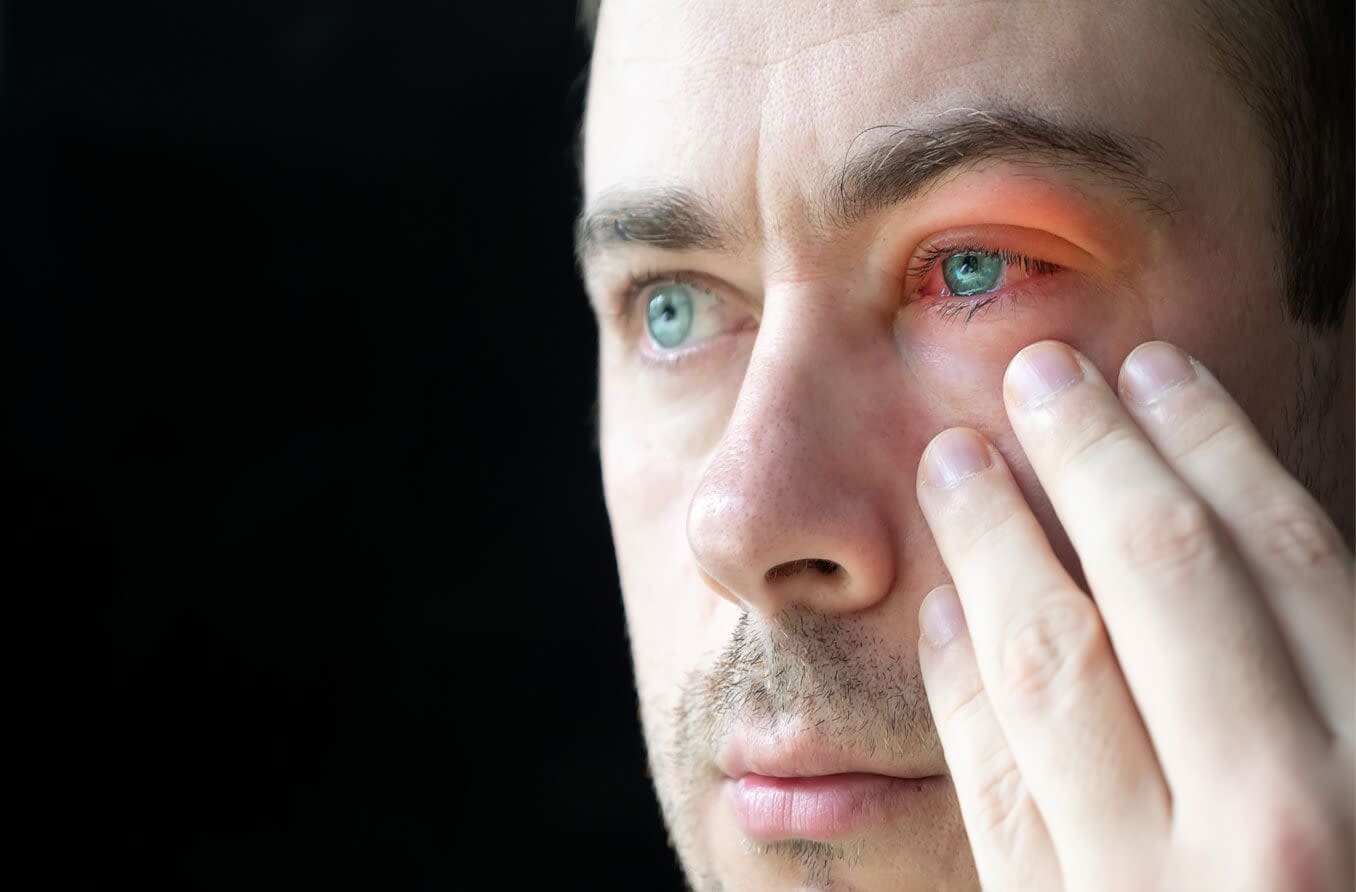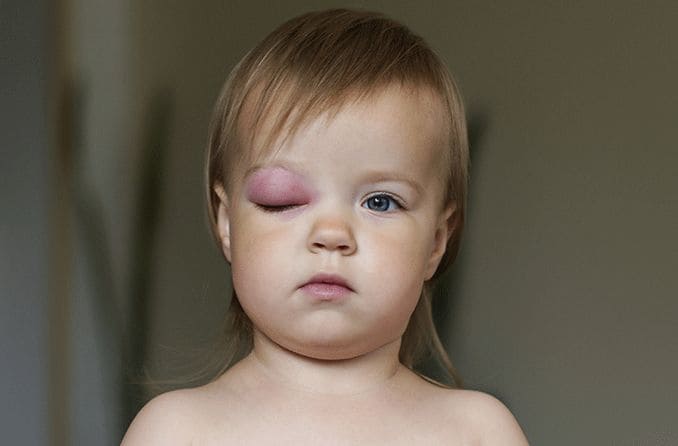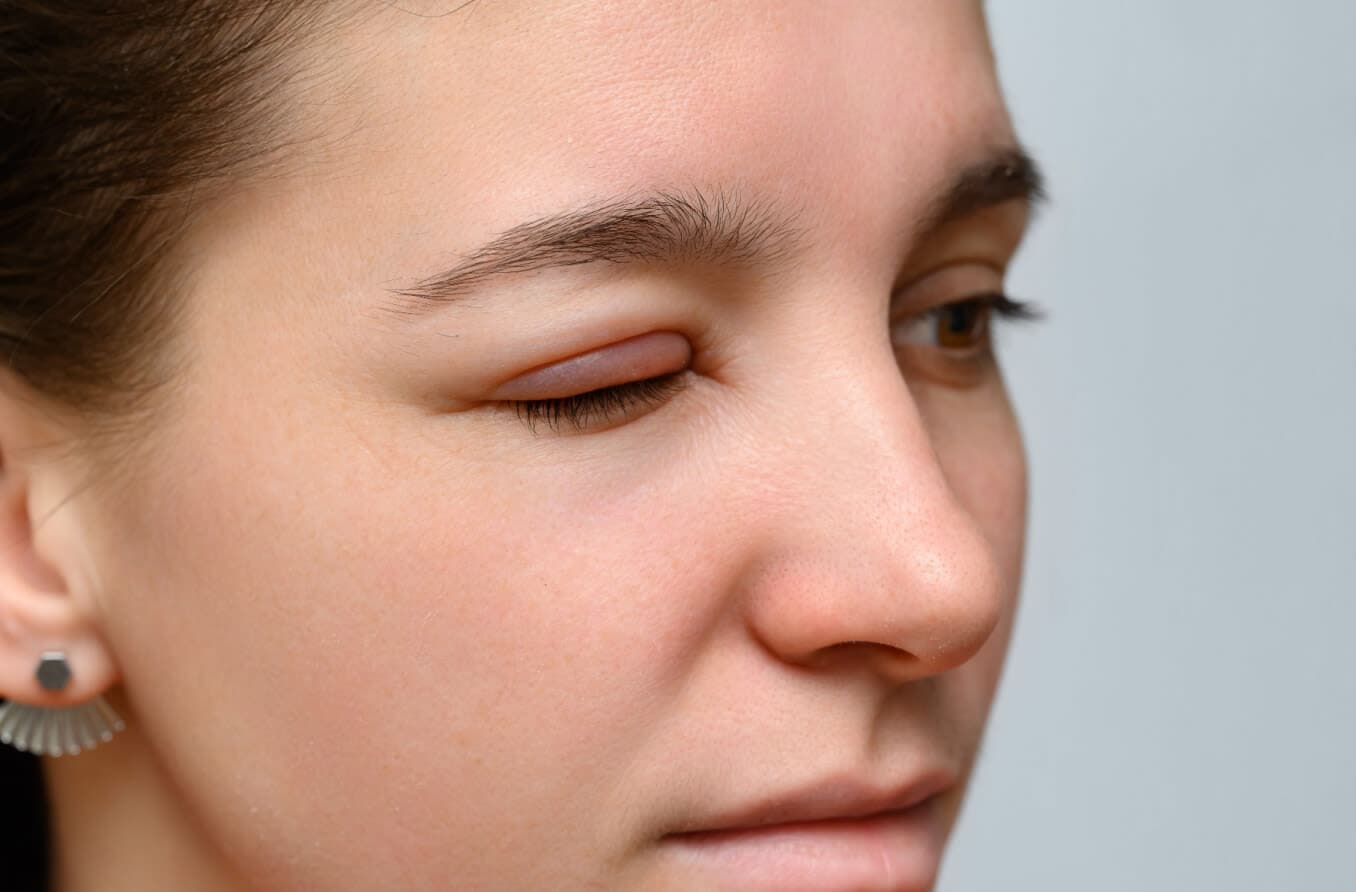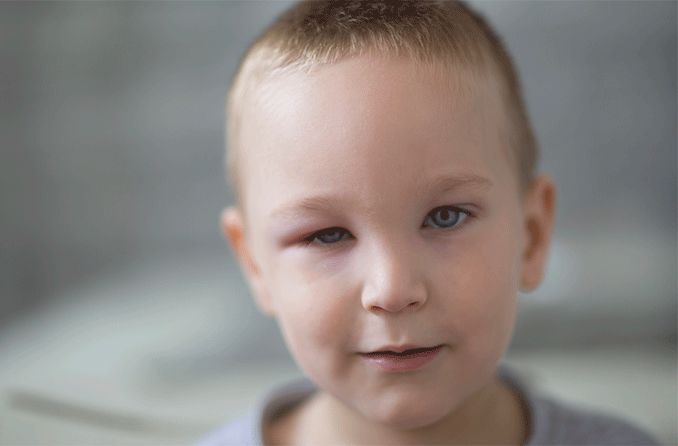An eyelid infection occurs when a gland along the lash line becomes clogged or irritated. In most cases, eyelid infections are caused by bacteria.
Skin conditions such as eczema, dandruff and psoriasis can trigger eyelid inflammation (blepharitis), which can lead to infection if left untreated. Eyelid inflammation is also commonly experienced with any eyelid infection, but typically heals as the infection is treated.
If you think you have an eyelid infection, it is critical to see an eye doctor as soon as possible for an exam and to receive proper treatment.
Causes of eyelid infections
Eyelid infections can occur when bacteria are transferred to the eyelids from:
Eye infections, such as conjunctivitis (pink eye)
Trauma to the eye area
Eyelid infection symptoms
An eyelid infection will likely involve one or more of the following symptoms:
Crusty debris along the eyelids
Burning or itchiness
Swelling around the eyelid
Watery eyes
Eyelashes sticking together
Feeling as though something is stuck in your eye
Light sensitivity (photophobia)
Symptoms may vary depending on what caused the eyelid infection. Consult your eye doctor as soon as you start experiencing any of the above symptoms (or any additional symptoms) so the right treatment can start as soon as possible.
SEE MORE: Swollen eyelids: Symptoms and causes
Types of eyelid infections
In addition to a clogged oil gland in the eyelid, eyelid infections can develop from bacteria, fungi or viruses.
Bacterial eyelid infection
Poor eye hygiene, using dated cosmetics or a case of pink eye that spreads can cause a bacterial infection in the eyelid. Bacteria can also be transferred to the eyelid in the event of an injury.
A condition called periorbital cellulitis, which is caused by bacteria that attacks the soft tissue around the eye, can also infect eyelids. Periorbital cellulitis usually develops due to a sinus infection that spreads to the eye, but it can sometimes develop after eye trauma.
SEE MORE: Orbital cellulitis
Fungal eyelid infection
A fungal infection can occur on the eyelid if your eyes are exposed to fungal spores in the environment. Eye injuries caused by organic material, such as a branch or thorn, can transmit fungi into the eyes and cause an infection that affects the eyelid.
Viral eyelid infection
A virus such as a cold, flu or COVID-19 can cause eyelid inflammation and lead to an infection. While some symptoms can be managed, there is no treatment to get rid of an eyelid infection caused by a virus; they must simply run their course — typically lasting seven to 10 days (depending on the severity).
Stye
A stye is an infection in the eyelid that causes a pimple-like, painful bump to develop on the corner or edge of the eyelid. They are usually caused by infected or clogged oil glands that run along the eyelashes.
You can treat a mild stye at home with a warm compress and by gently washing the area with an eye-safe cleanser. However, some styes can lead to a more severe eyelid infection.
Medical intervention may be needed for severe or persistent styes so that they heal properly and to prevent the infection from spreading.
Chalazion vs. stye
A chalazion is similar to a stye, as they are both small bumps caused by clogged oil glands in the eyelid. Unlike styes, chalazions are bumps located in the middle of the eyelid (rather than at the lid margin) and are painless.
Risk factors
Certain issues and bad habits may elevate the risk of an eyelid infection, including:
Poor eye hygiene
Dated or shared cosmetics, facial cleansers or contact solutions
Wearing expired contact lenses
Allergies to environmental factors or to certain cosmetics
Chronic blepharitis (eyelid inflammation)
Skin conditions such as dandruff, psoriasis and eczema
Proper eye hygiene and management of underlying conditions can help prevent eyelid infections.
Important to remember: Always check the expiration date or shelf life of your contact lenses as well as cosmetics, and avoid sharing eye makeup with others.
SEE RELATED: Tips for contact lens wearers
Diagnosis
An eye doctor can diagnose an eyelid infection by closely examining your eyes and eyelids.
In some cases, a swab of your eyelid margin will likely also be taken and sent to a lab to determine the type of bacteria. This information is important to determine the right treatment plan.
It is critical to see an eye doctor as soon as you begin to experience symptoms of an eyelid infection, as treatment depends on the underlying cause.
Treatment
Stop wearing contact lenses and keep the area as clean as possible with an eye-safe cleanser at the first sign of an infection. After examining your affected eye(s), your eye doctor will recommend a specific treatment plan based on the underlying condition.
Warm compress
Mild cases of eyelid infections, such as a stye, can be treated at home with a warm compress. Over-the-counter pain relievers, such as ibuprofen, may be taken to help with discomfort and inflammation.
Medicated eye drops and ointment
Bacterial eyelid infections are usually treated with antibiotic eye drops or ointment. Oral antibiotics may also be used, depending on the condition.
Fungal eyelid infections are typically treated with prescribed antifungal eye drops or pills. These infections take longer to heal, and medication may be prescribed for several weeks.
Can you treat viral eyelid infections?
Like other viral infections, viral eyelid infections are not treatable with antibiotics. Other treatment for viral eyelid infections is minimal, though pain can be managed with a warm or cool compress and over-the-counter eye drops and/or pain relievers.
Prevention
If you experience a condition that causes chronic eyelid inflammation, your eye doctor may suggest a vitamin regimen to promote eye health after the infection heals.
Certain skin conditions and other medical problems can make you more prone to eyelid infections, but with the proper management of these conditions, your risk may be lowered.
Always contact an eye doctor if you experience signs or symptoms of an infection anywhere on, in or near your eye, and stay up to date with annual eye exams for optimal eye health.

